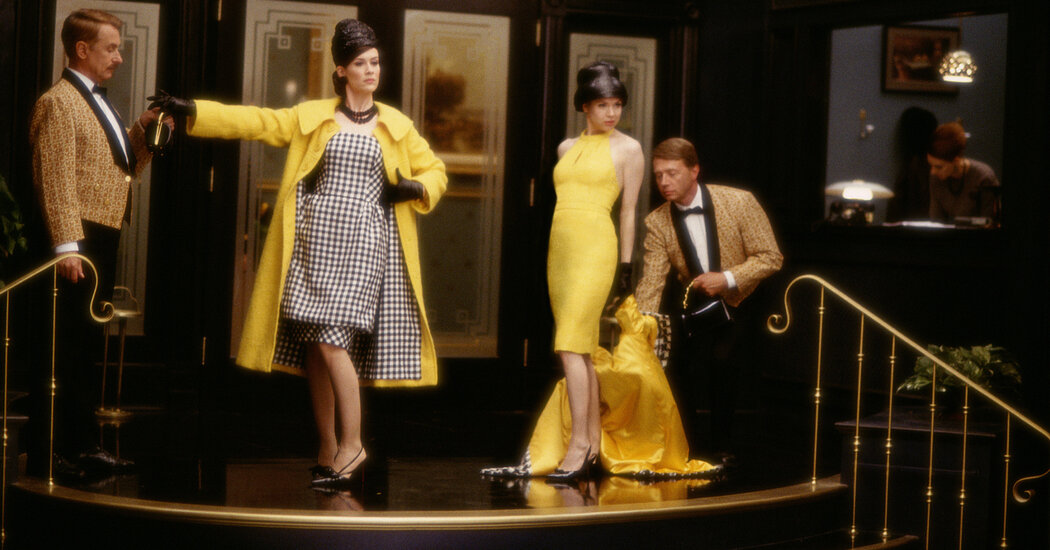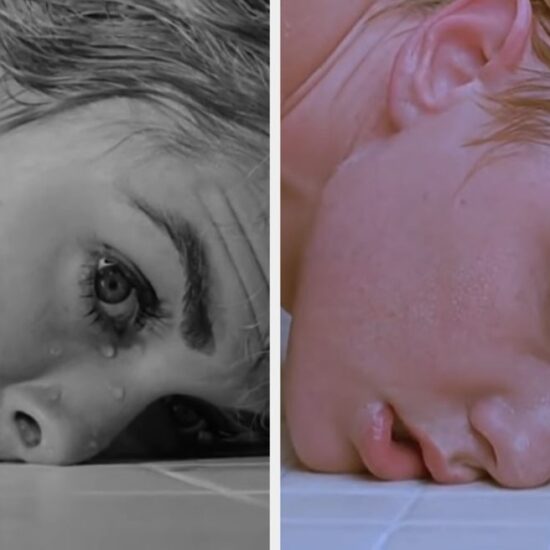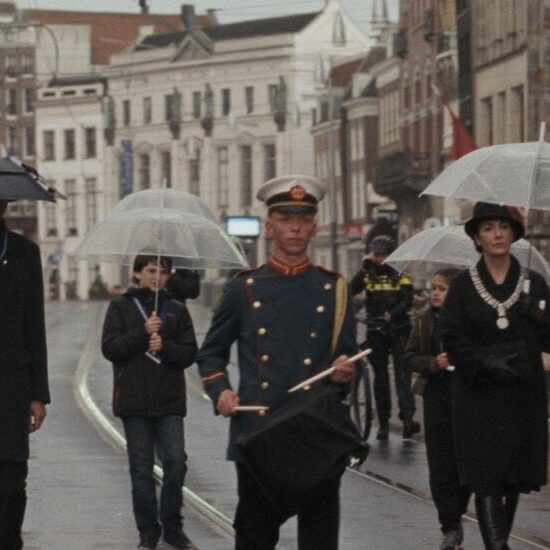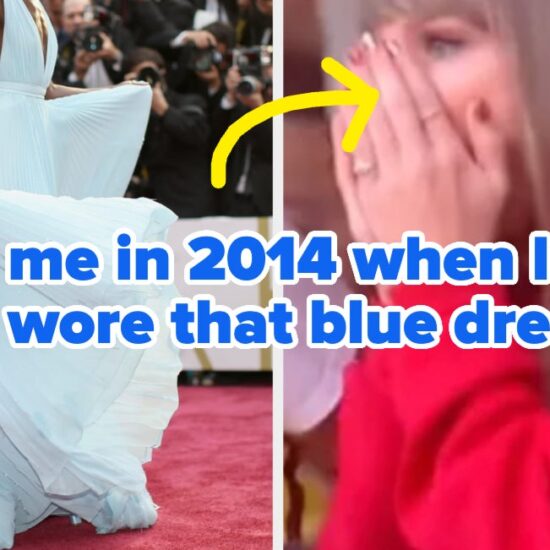
Twenty years ago, before the retro-chic sex comedy “Down With Love” was released in American theaters, the anticipation was high. The Tribeca Film Festival, then in its second year, made the film its flashy opening-night selection. Cheeky promotional images of its two stars were ubiquitous: Renée Zellweger was a bona fide It Girl following the success of “Bridget Jones’s Diary” (2001) and “Chicago” (2002); and Ewan McGregor was riding high after the one-two punch of “Moulin Rouge” (2001) and “Star Wars: Episode II — Attack of the Clones” (2002).
Then the film flopped.
Directed by Peyton Reed with a script by Eve Ahlert and Dennis Drake, “Down With Love” (available to rent on most major streaming platforms) is quite unlike the rom-coms of the time. It is a postmodern throwback to the midcentury sex farce: namely, “Pillow Talk” (1959) and “Lover Come Back” (1961), saucy battles of the sexes starring Rock Hudson and Doris Day. Roger Ebert approved of the new comedy, but most critics shrugged at what they considered a fluffy homage to a much better thing.
Audiences in the United States didn’t show up either, proving that the bedroom of yore meant little to the average 21st-century spectator. The film cost $35 million to make and ended its domestic run with about $20 million. By contrast “How to Lose a Guy in 10 Days,” another rom-com released that year, received $105 million; “Something’s Gotta Give,” $124 million.
In 2003, the golden age of the rom-com was in flux. The heavyweight titles of the previous decade, a chunk of them directed by Nora Ephron (“Sleepless in Seattle,” “You’ve Got Mail”) or led by Julia Roberts (“Pretty Woman,” “Notting Hill”), balanced realism and fantasy, injecting modern sensibilities and gloriously messy women into the cheesy happily-ever-after formula. With these, the studios hit pay dirt, and (per usual), they reacted by increasing their output through the aughts.
“We always knew it was going to be a bit of a marketing challenge,” Reed told me in a video interview about “Down With Love.” He added, “The whole point of it was that it wasn’t supposed to feel like every other contemporary romantic comedy. So we leaned into that difference with the distinctive sets and the built-in artificiality.”
Before “Down With Love,” Reed had directed the cheerleading competition comedy “Bring It On,” a sleeper hit that was playfully but thoughtfully constructed: the routines featured Busby Berkeley-style choreography, and one sequence involving a pill-guzzling dance instructor referenced Bob Fosse’s “All That Jazz.” No wonder that when Reed came across Ahlert and Drake’s script, he was immediately drawn to its throwback spirit and visual specificity. “Without making a musical, I loved the idea of this very stylized comedy, where the camera and the production design and the wardrobe shapes the humor,” he said.
“Down With Love” takes its beats from the Hudson-Day comedies, but it winks back at dozens of cinematic confections from that period. Like Natalie Wood in “Sex and the Single Girl” (1964), Zellweger’s Barbara Novak pens a global best seller urging women to treat sex cavalierly, as men do, and forget about the ring. McGregor’s Catcher Block — the “James Bond of men’s journalism” — enjoys a packed schedule of booty calls. He makes his dashing first appearance by chopper, descending upon the Know magazine headquarters straight from his latest champagne-fueled all-nighter. His breed of manly man is imperiled by Novak’s treatise, so, in the guise of a prudish astronaut from Texas, he courts the enemy to fuel a hit piece proving that her feminism is a front.
The film is a ’60s period piece bound up in a bawdier, more sexually explicit package than that of its predecessors, with Novak and her chainsmoking agent-cum-bestie, Vikki (Sarah Paulson) canoodling around town like the ladies of “Sex and the City.” And the clothes! Ah, the clothes are marvelous. It’s a glamorous parade of kitten heels and kooky hats, fringe dresses and fur-trimmed silk robes. The costumes change at the speedy clip of the film itself, which takes Barbara, Catcher, Vikki and Catcher’s lovesick editor, Peter (David Hyde Pierce), through a series of switcheroos and prankish plot reversals that give the ladies the edge. While the film’s sexual innuendo-laden banter and exuberant color schemes seem to recall Austin Powers movies, well, this has more grace and bubbly femininity than those crude parodies.
“Down With Love” followed another old Hollywood-meets-new production, “Far From Heaven” (2002), Todd Haynes’s ode to the Technicolor melodramas of Douglas Sirk. Before “Mad Men” landed on television in 2007, offering up a seductively slick skewering of the American dream, “Down With Love” and “Far From Heaven” both employed lush nostalgic aesthetics while questioning American culture’s sentimental relationship to the past. Haynes’s film was rightfully lauded; “Down With Love,” as we know, was not. Like another misunderstood and promptly derided rom-com from that year, Joel and Ethan Coen’s “Intolerable Cruelty” — a Hepburn-Tracy-like screwball revenge-romp — its style too radically broke with the mold of a genre beloved for its consistency.
Reed’s bubble-gum tribute is all snappy wordplay and tongue-in-cheek jabs, but there’s an extravagant phoniness to it all, too, that calls attention to its imaginary trappings. Cartoonish rear projections of the Manhattan skyline, split-screen phone calls that mirror sex acts, and routine breaks of the fourth wall give the film the feel of a pop product that understands its own game, and throws it into a state of hyperreality.
Mischievously self-aware, it points to the contrivances that uphold modern romance, the games of scheming and flirting that we find so pleasurable and easy to play along with, despite their phony and potentially regressive underpinnings. The film pokes fun at retrograde ideas about sex and sexuality. Peter, for instance, a softy who yearns to be, essentially, a stay-at-home dad, is repeatedly mocked for being a closeted gay man. He’s not, but the gag is that everyone around him can’t make sense of a man who doesn’t fit the role he’s supposed to play.
“This would be really hard to make now. Rom-coms are supposed to be cheap and this had a high production value — $35 million? Studios don’t make these films at that price point anymore,” Reed added.
Indeed, the screwball spirit is in short supply these days. The lifeless “Ticket to Paradise” failed to resurrect the punchy him-against-her dynamic of rom-coms past, and, for the first half-hour at least, the Lindsay Lohan vehicle “Falling for Christmas” takes on the flamboyantly fake style and deliciously ludicrous plotting of a fizzy farce from the ’30s before beelining into tedious moralizing.
No wonder “Down With Love” has become something of a cult item, its meta-referential charms perhaps more apparent to a younger, queerer generation that better understands the role-playing nature of gender and romantic courtship. I recall seeing the film projected without sound at a bar-turned-dance club in Washington, D.C. In February, at a packed Valentine’s Day-themed screening of the film in Brooklyn, the giddy audience was uninhibited with their oohs and aahs.
The film mocks, but it also transports with its eye-candy visuals and coy performances, reminding us that a suspension of reason is required to perform gender, to be sucked into a rom-com and, even, to fall in love.













